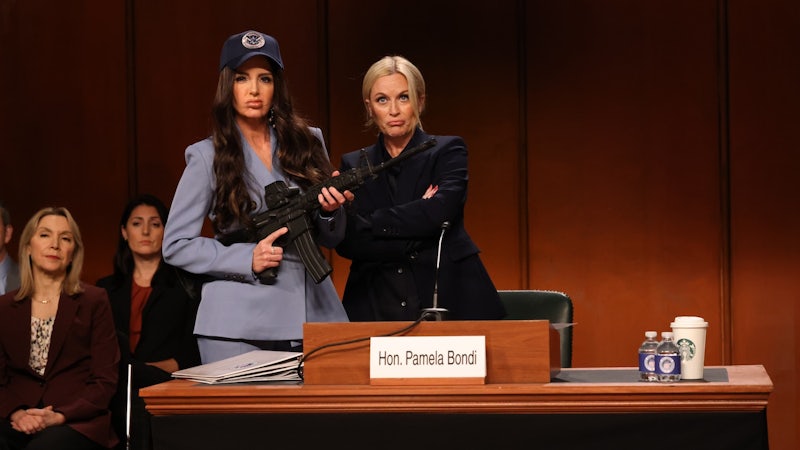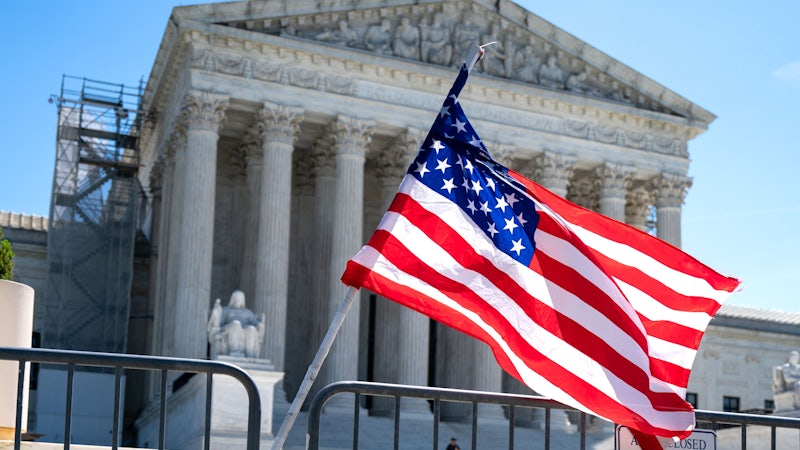Dear Reader,
There have been so many memos and legal filings made public in the last week in relation to the NARA-Lago scandal that it’s been hard to keep up with them all. But this flurry of activity eclipsed the release of another important memo – one written almost three and a half years ago by two senior DOJ officials for former Attorney General, Bill Barr. In it, he and his deputies secretly decided to overrule Special Counsel Robert S. Mueller III’s conclusions on Trump’s criminal liability for obstruction of justice in the Russia probe. While that whole investigation – let’s call it Tsar-a-Lago – might seem like it’s too far in the rear-view mirror to matter, it’s important to review. It not only reveals the extent of Barr’s corruption at the helm of the Justice Department, but also how those conclusions, if not repudiated by Attorney General Merrick Garland, could help Trump get out of his current predicament.
First a quick recap: In March 2019, Mueller completed his inquiry into 2016 Russian election interference, and submitted a two-volume report of his findings to Barr. The second volume of the report concerned Mueller’s assessment of ten potential acts of obstruction of justice by Trump. Within two days of receiving the report and before the report was released to the public, Barr sent Congress a four-page letter stating that he and Deputy Attorney General Rod Rosenstein had reviewed the report and concluded that the evidence was “not sufficient to establish” that Trump had obstructed justice. This was not the conclusion reached by Mueller in his report. While the special counsel avoided explicitly accusing Trump of having committed a crime – under the theory that doing so would be unfair to Trump, since DOJ policy precluded him being formally indicted, therefore depriving him of an opportunity to clear his name – Mueller did state that the evidence “did not exonerate him.” The basis for Barr’s conclusion, as well as the question of whether Trump could still be indicted after he left office (at least before the statute of limitations expired) had remained shrouded in confusion. That is, until Barr’s memo was released last week by a federal judge in response to a Freedom of Information Act lawsuit brought by the non profit Citizens for Responsibility and Ethics in Washington (CREW).
At a substantive level, the memo is suspect. For one thing, although the memo purports to conduct a “fair evaluation” of “the evidence recounted in the Special Counsel’s Report, the underlying law, and traditional principles of federal prosecution,” it does so almost entirely in the light most favorable to Trump. For instance, the memo dismissed Trump’s various attempts to derail or interfere with the Russia investigation at the start of his presidency – like firing then-FBI Director James Comey, or trying to secure Comey’s “loyalty” by having him overlook the investigation into then-National Security Adviser Michael Flynn – as not “rising to obstruction” because Trump wasn’t personally under investigation and so wasn’t acting to protect himself from legal liability. The memo finds that other actions taken after the special counsel was appointed – like trying to get the White House Counsel to get Mueller fired, or trying to narrow to scope of the special counsel's investigation – were not obstruction because Mueller eventually found “no underlying crime” and because perhaps the investigation “undermined his Administration’s efforts to govern.” Even on the instances of potential witness tampering, which the memo concedes might be the strongest basis for obstruction, the authors conclude that there was no evidence that Trump intended for the members of his campaign who were under investigation to lie on his behalf – which is circularly confirmed by an assertion that there was no evidence that these witnesses had information that would implicate Trump in a crime. (There was no mention of the possibility that Mueller was unable to find an underlying crime, or obtain evidence from witnesses, precisely because of the obstruction.) In short, the barely-nine-page memo offers a cursory review of the two-year investigation and effectively signs off with, “Yeah, we checked it out and there’s not a lot there.”




























